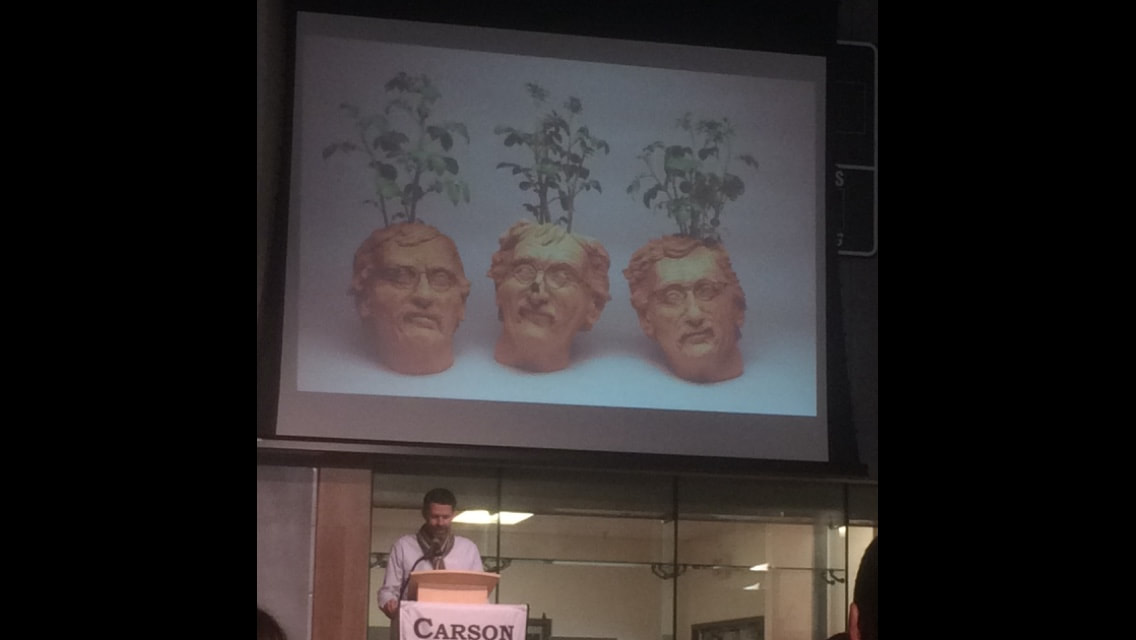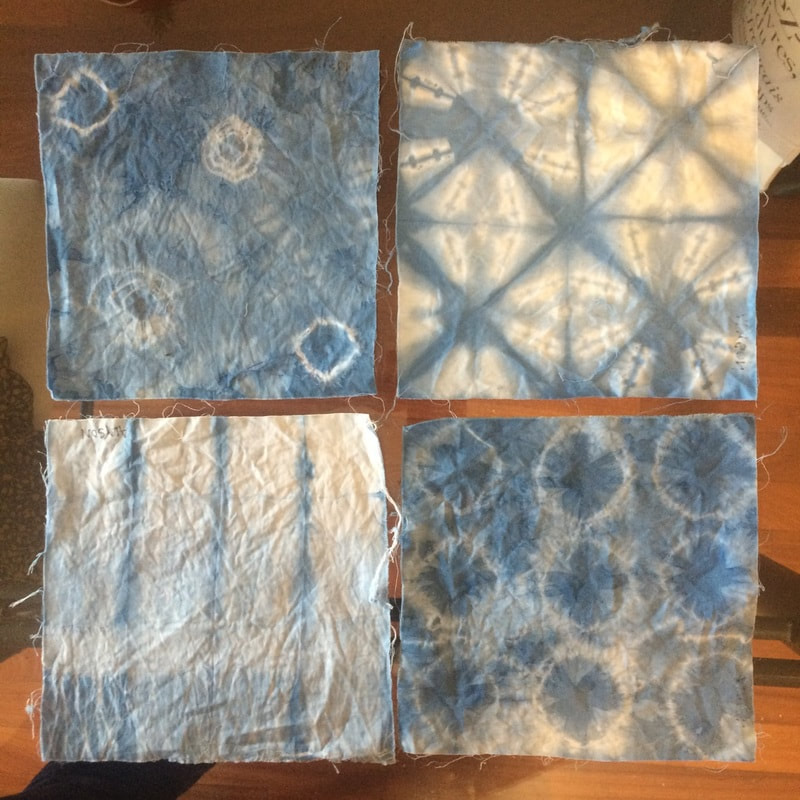|
I attended the BCATA conference on October 23rd for the Pro-D opportunity. The day began with a lecture by Canadian sculptural artist Vic Cicansky, and then I attended three workshops led by BC art teachers and artists.
The first workshop was the most helpful for me and was taught by Nancy Crawford of Langley Fine Arts School. She gave a simple process for helping students to make their artwork meaningful and personal, and many examples of student work to show how the technique can be used in classrooms of all levels. This process is outlined in her book ‘Getting In! A comprehensive preparation program for art school’ as well as on her numerous websites related to her book, her teaching, and her personal art practice. I look forward to using these resources in my own lesson planning and personal practices. The second workshop I attended was taught by Jeanne Krabbendam of Emily Carr university and gave practical examples of different art mediums that can be used in art classrooms to create different effects and professional finished to help students elevate their work. A few of the techniques were also useful in that they showed how to achieve similar finishes to other techniques that may be too toxic or expensive for high school environments. The final workshop gave me another technique specific practice that I could use in my classroom. We were taught the history of Shibori (japanese indigo dyeing), and how to make the dye and use it to stain textiles. The best part of this technique is the applications it can have to other subject areas. For example, the mixing of the dye is a very scientific process that relies on oxidation of chemicals in various ways and transformation of materials.This could be a great way to bridge chemistry, art, and home economics together, as well as history.
0 Comments
Leave a Reply. |
Archives
February 2020
Categories |


 RSS Feed
RSS Feed
